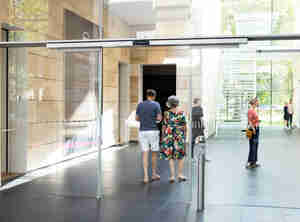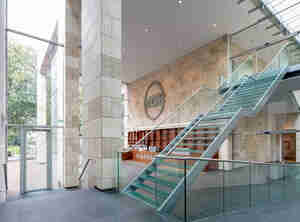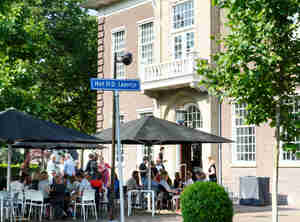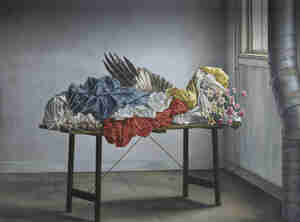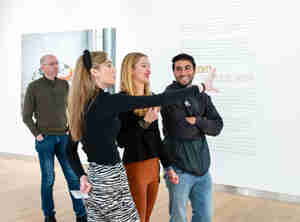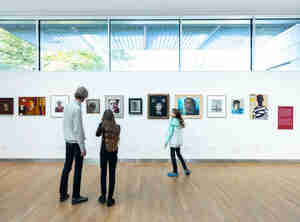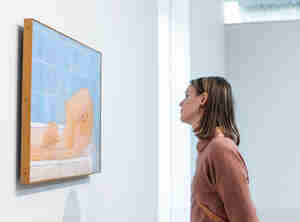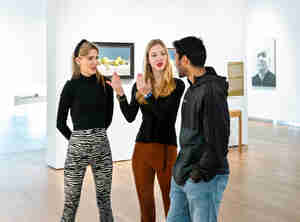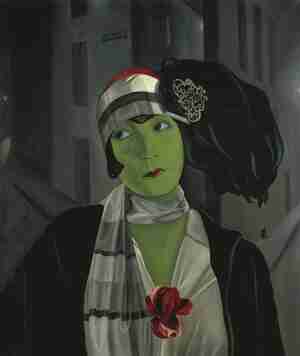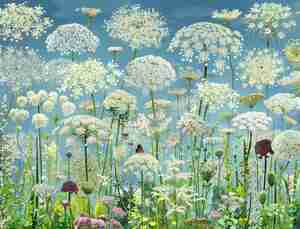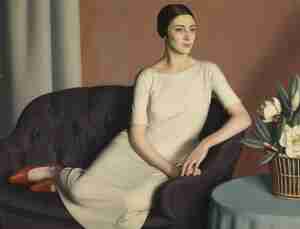Painting, Photography and Film 1920-1940
Location: Museum MORE, Gorssel
For the first time in a Dutch museum, neorealistic painting, New Photography and interbellum film will meet in one exhibition. This unique exhibition shows how these three art forms in the Netherlands, at the time, had a strong affinity.
Image: Pyke Koch, Portrait of Asta Nielsen, 1929, collection Centraal Museum Utrecht ©Pictoright
Film makers, photographers and painters chose similar themes and stylistic means. They looked at visible reality with a new, modern look. Their portraits, still lifes, cityscapes and nature close-ups are characterized by surprising and unusual (camera) views, abrupt cuts, strong light-dark contrasts or a razor-sharp representation of an entire image surface.
These developments caused a creative explosion in an artistic environment in which artists knew each other well and were members of the same artists’ associations. Internationally operating photographers and artists Erwin Blumenfeld, Eva Besnyö and Paul Citroen played a key role in this. Their work will be on display alongside paintings by Dutch neorealistic leaders from the art of painting such as Pyke Koch, Raoul Hynckes, Wim Schuhmacher, Carel Willink and Charley Toorop.

Theo Stiphout | 1933 | Museum Helmond

Jan Ouwersloot, Leidseplein bij avond, 1934, Stedelijk Museum Amsterdam
Cinema as inspiration
Painter Pyke Koch was fascinated by modern German cinema and in particular the actress Asta Nielsen (1881-1972), one of the first international film stars. A photo of Nielsen from 1925 to promote the film Joyless Street (Die Freudlose Gasse) by director Georg Wilhelm Pabst inspired Koch to paint her portrait in 1929.

Asta Nielsen (1881-1972), Danish film diva in 1925
